Exploration can be a pretty lucrative thing to do in EVE. It’s chance based, so you’ll spend a good deal of time scanning and finding only unstable wormholes, but if you have an appropriate ship to do what you find, you can make millions. It’s also somewhat more interesting than shooting red crosses 😉
Anyway, you’ll want the following:
- The scanning skills. This is a minimum of Astrometrics 1. Get more. It helps. Astrometric Rangefinding is good as it’s stronger probes.
- Core scanning probes. The only time to use Combat probes is if you’re looking for people. They’re half the strength of the core probes. Sisters Core probes are preferable. an extra 10% bonus to scan strength never hurts.
- A probe launcher. The sisters launcher is a nice, but pricy bonus.
- A scanning ship. Ideally a frigate (the one with the scan bonus), a covops frigate (If you have covops 3+) or a T3 with the right subsystem.
- The scan strength rigs. Gravity Capacitor Upgrades.
The idea is to stack as many bonuses together as you possibly can. Because the stronger the strength, the easier it will be to scan down a signature. Keep another ship around to run them after, if you’re in ‘safe’ space.
Once you’ve got all that, go find a suitable system to scan. as signatures respawn elsewhere as soon as they despawn (or so it seems) don’t assume that heavy traffic systems will be clear.
How to scan:
- Hit your scanner button. Make sure your scan filter is clear. Once you’re comfortable with it, you can change this.
- Launch 4 probes.
- Blow them up to 32AU range (select all of them in the scanner window, right click, and pick 32AU)
- Hit the starmap button
- Click and drag on the background, to shift the map around so you’re looking down from above, from a distance you can see the entire system from (assuming it’s not one of the /huge/ ones)
- Using the arrows on each probe, move them into a diamond formation, with them overlapping in the middle. You want all 4 overlapping the other 3, as it’s only in that overlap you’ll get a fully locked signal. You might need to shift the map again to make sure it’s actually covering the system. Some places you’ll be in a system won’t be on the same plane as the others, so you’ll have to shift the probes down.
When moving the probes around, there are two useful keys.
- Hold shift when resizing probes to resize them all. (click and drag on the shell of a probe to resize)
- Hold shift when moving probes to move them all, in the pattern they’re in.
- Hold alt when moving a probe, to move them all towards or away from the central point of their pattern.
The last two help when scaling down, as you resize them all (click and drag on the shell with shift held), then adjust them closer together (hold alt and drag one towards the others)
If you’ve followed the steps above, you’ll either be told no signatures detected (Bad luck, find another system or move your big pattern around in a huge system), or you’ll get one (or more) of the following:
A red sphere
This is an indication that only one of your probes has picked up this signature. It exists somewhere on the sphere. As signatures tend to be within 4 au of a celestial, this should help you localize it. and as you only have one probe detecting it, it’s not within the overlapping areas. Move your pattern of probes to more fully enclose the possible space and repeat.
A red circle
Two probes have picked it up, and it’s somewhere on that circle. As signatures tend to be within 4 au of a celestial, this should help you localize it. and as you only have two probe detecting it, it’s not within the overlapping areas with your other probes. Move your pattern of probes to more fully enclose the possible space and repeat.
Two red dots
You’ll know this one when you look at the list of signatures and see the same one twice. At this point, you have three probes detecting it. It’s often easy to eliminate one, as it’s far away from any celestial (more than 4au). move the probe that isn’t picking them up to cover both in it’s overlap and rescan. Or take a chance and assume it’s the one closer to the celestial. this isn’t a bad thing to do, if the other is a long way away. It’s a bad idea with 2au range probes.
One dot (red or yellow)
Now you’re cooking with gas. Recenter the pattern on the dot (On all axis. make sure to shift to a side on view too), rescale it down a level, and rescan. If you lose it, go up in scale and try again. It’s possible someone finished it, or you’re just that inaccurate (skills can reduce the inaccuracy). Once they’re yellow, you’ll get an indication of what they are
One green marker
If it’s not 100%, continue as above. If it is, bookmark it. the go run it, or continue scanning. If you can’t get it to 100%, sometimes you just have to leave it.
If you have more probes, feel free to use them. just overlap the other spheres from the top and bottom. I tend to start with 4 and add more if I can’t get a high enough signal strength.
